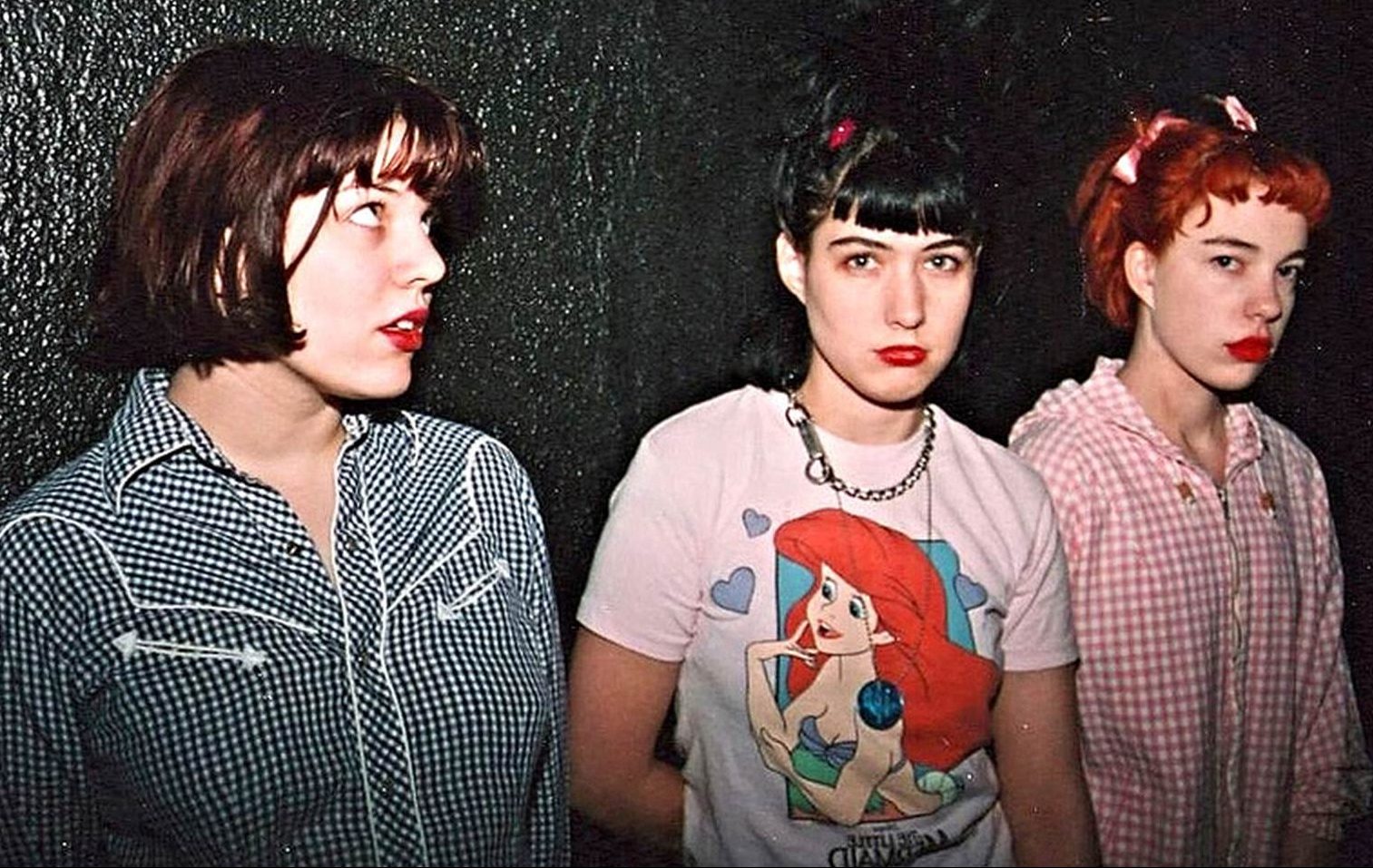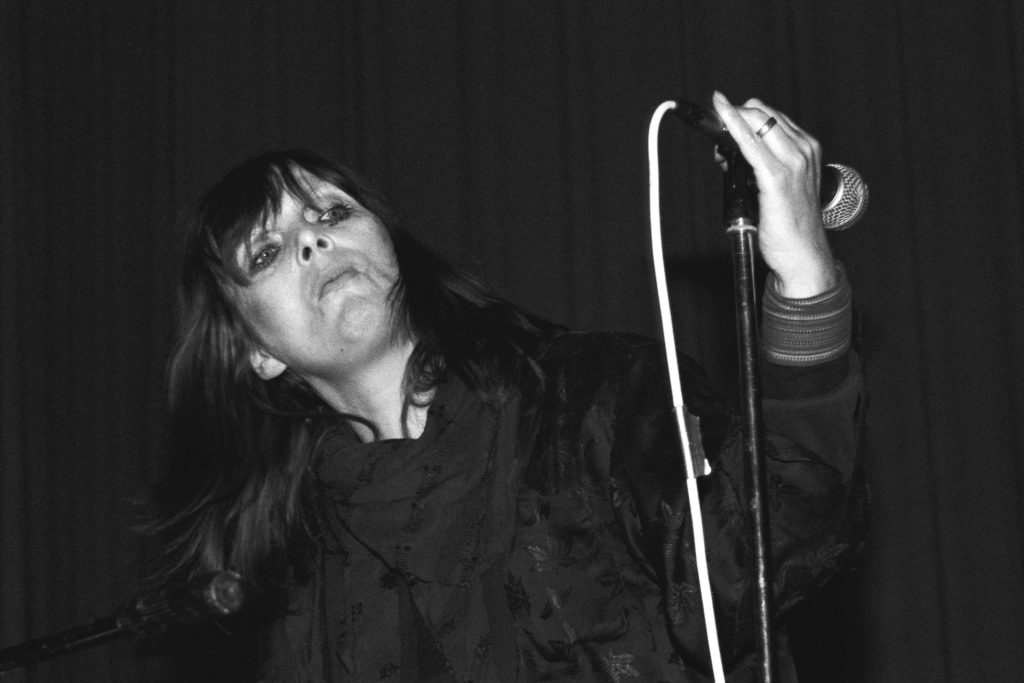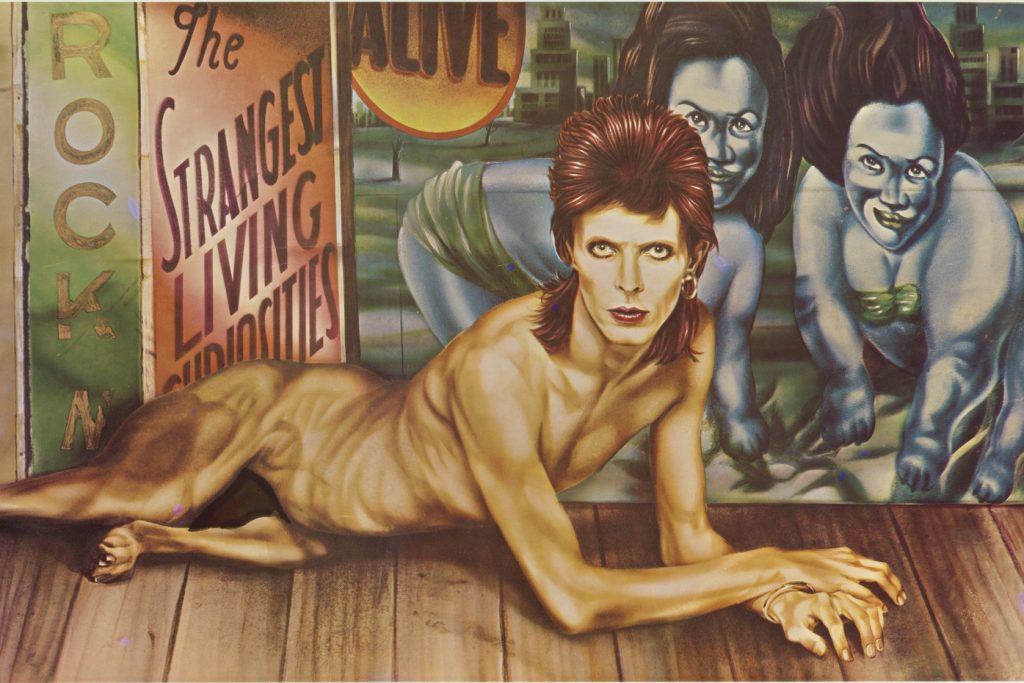We look back at some of history's most memorable zines as well as the most influential current-day zines.
A zine is often a short, independent or self-published booklet featuring writing, photographs, drawings and images, typically inexpensive or free. Zines are used to promote ideas, communities, personal work, interviews and other arts and are circulated to a small number of people, with only limited copies made.
Similar is the fanzine – a collection of stories, photos or general thoughts on musicians, writers, characters in novels or other themes. Fanzines are believed to have gained much of their popularity after readers of sci-fi novels began creating epilogues for their favourite characters. Fanzines evolved to focus on musicians, especially in the fields of punk in the 1970s and hardcore in the 1980s.
Mouth of the Rat from 1982 was a fanzine from NYC, eventually evolving into the Rat Cage record store and then the Rat Cage Records label. The same year saw the release of Forced Exposure, the first Boston hardcore zine, which influenced the release of further zines in the area like Suburban Punk, Smash and XXX. Zines of the time featured advertisements for records or flyers helping to promote local gigs.
Later, in the 1990s, the Riot Grrrl feminist movement adopted zines to communicate support for women in music, political ideas and views. Members of Bikini Kill ran a zine during the movement under the same name. Zines are often presented in a DIY fashion, with text cut out or printed from a typewriter and displayed in collage style. Although they’re largely distributed via the internet these days, zines still remain an important platform for uncensored and thought provoking material.
A number of contemporary bands have included zines with releases. Hearts & Rockets’ (then Heat Waves) 2017 release, Dead Beats, included small comic zines; No Sister’s self titled 2016 release included a lyric book, and U-Bahn’s 2019 self-titled came with a zine featuring artworks, images of the band members and lyrics.
Soot is a general music zine currently coming out of Brisbane featuring artwork, interviews and mixtapes. Sticky Institute located in the Melbourne CBD is both a space to sell zines and a resource to help create, copy and learn about zine making.
Many other music zines from across Australia and overseas can be found at Lulu’s record shop on High St, Northcote where you can also grab a copy of the Lulu’s newsletter. The newsletter presents staff reviews on recent releases and a calendar for local gigs happening.
If you find yourself in rural Victoria, there are still opportunities for zine making and sharing. The Mildura Zine Fair will be happening between Friday August 2 and Sunday August 4, helping to bring together zine makers from across Australia and others keen to know how to start their own, with a zine making workshop on Saturday August 3.







